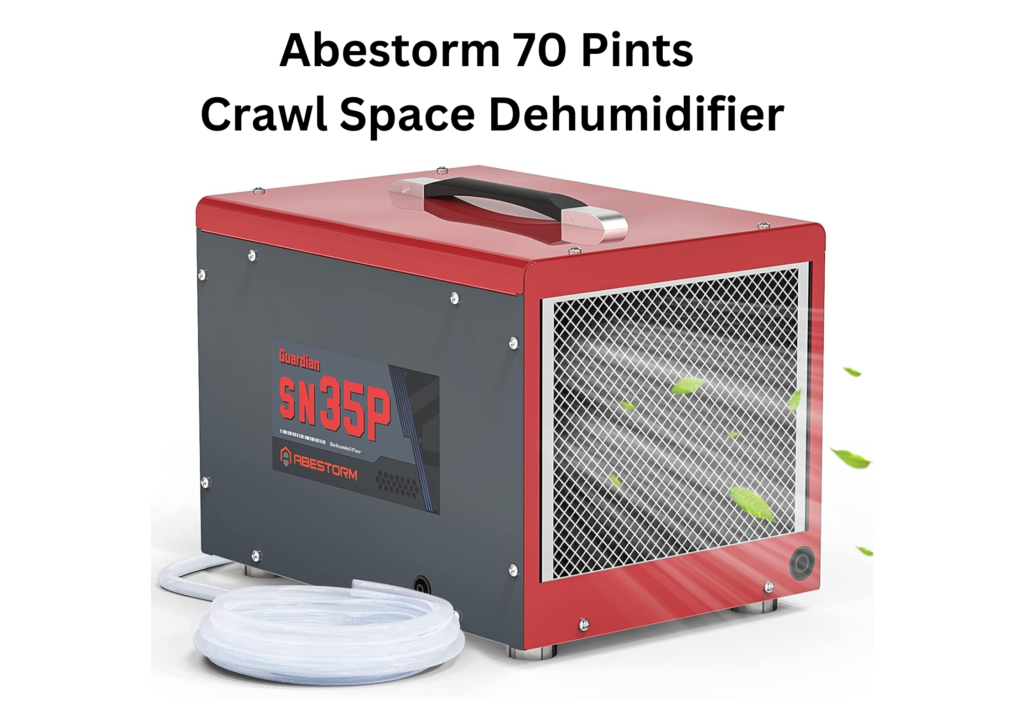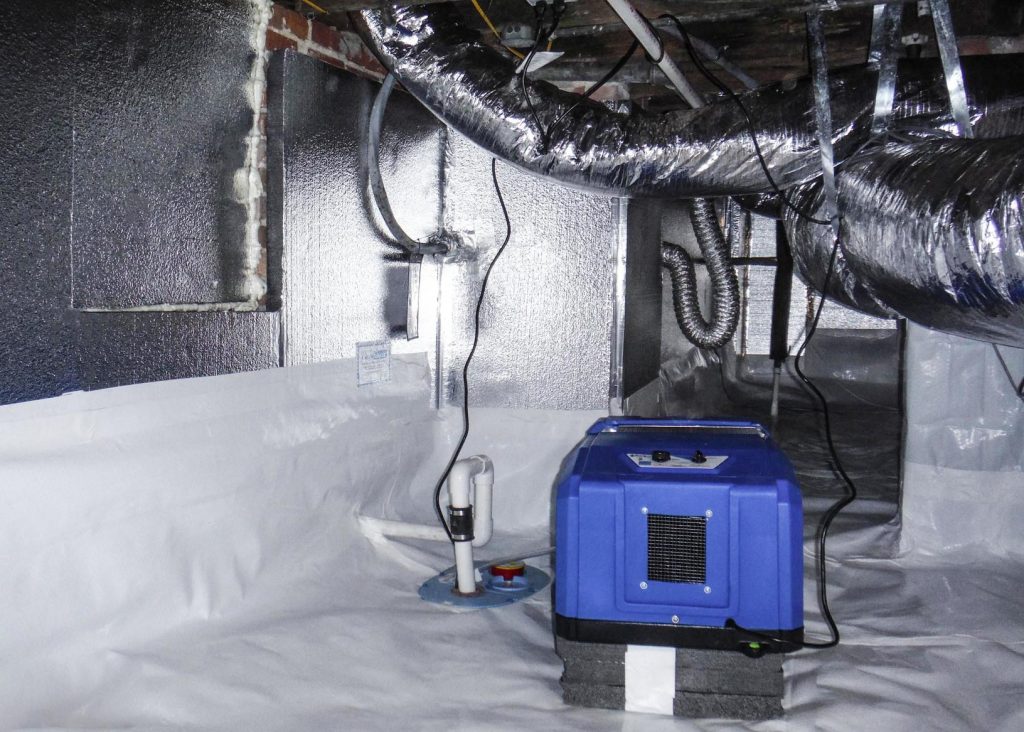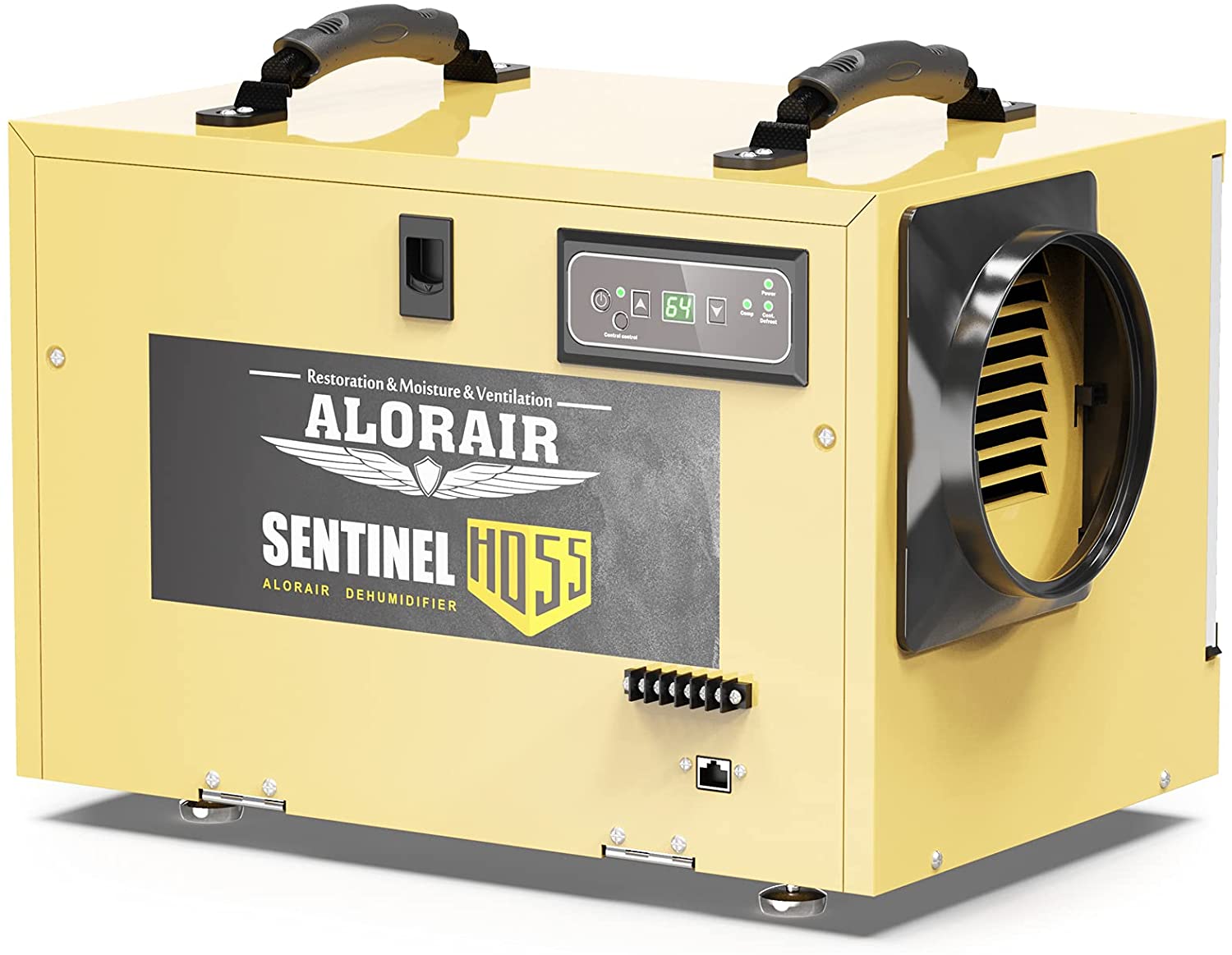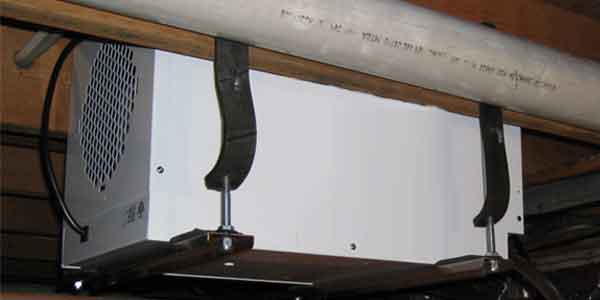Best Crawl Space Dehumidifier Consumer Reports

Crawl spaces, often overlooked, play a vital role in the overall health and comfort of a home or building. These spaces, however, are prone to moisture problems, creating a breeding ground for mold, mildew, and pests. A dehumidifier is a critical component in managing crawl space humidity, protecting structural integrity, and improving indoor air quality. Navigating the market for the "best crawl space dehumidifier" can be challenging, given the array of options and performance claims. This article delves into key considerations for selecting the right dehumidifier, comparing various models, and understanding performance metrics.
Understanding Crawl Space Moisture & Dehumidification
Crawl spaces, by their nature, are susceptible to moisture. This moisture can originate from several sources:
- Groundwater: Rising dampness from the soil beneath the crawl space.
- Humid Air: Infiltration of moist outdoor air through vents or cracks.
- Plumbing Leaks: Undetected leaks from pipes running through the space.
- Condensation: Warm, moist air coming into contact with cool surfaces.
High humidity in crawl spaces leads to several detrimental effects:
- Mold & Mildew Growth: Spores thrive in damp environments, leading to structural damage and respiratory problems.
- Wood Rot: Excessive moisture weakens wooden support beams and joists, compromising structural stability.
- Pest Infestation: Many pests, such as termites and rodents, are attracted to damp environments.
- Increased Energy Costs: Moisture can affect insulation effectiveness, increasing heating and cooling bills.
- Poor Indoor Air Quality: Mold spores and musty odors can migrate into the living space, impacting air quality.
A crawl space dehumidifier works by drawing in moist air, removing moisture through condensation, and expelling dry air back into the space. This process helps maintain a relative humidity level below 60%, inhibiting mold growth and mitigating the other negative impacts of moisture.
Key Considerations When Choosing a Crawl Space Dehumidifier
Selecting the right dehumidifier requires careful consideration of several factors:
1. Capacity (Pints per Day - PPD)
Capacity refers to the amount of moisture the dehumidifier can remove in a 24-hour period, typically measured in pints. The appropriate capacity depends on the size of the crawl space and the severity of the moisture problem.
- Small Crawl Spaces (500 sq ft or less): A 50-70 PPD dehumidifier may be sufficient for moderately damp conditions.
- Medium Crawl Spaces (500-1000 sq ft): A 70-90 PPD dehumidifier is generally recommended.
- Large Crawl Spaces (1000 sq ft or more): A 90+ PPD dehumidifier is needed, especially in areas with high humidity or persistent moisture issues.
For severely damp crawl spaces or those with standing water, a higher capacity dehumidifier is necessary. Consider consulting with an HVAC professional to assess the specific needs of your crawl space.
2. Energy Efficiency (Energy Factor - EF)
Energy efficiency is a crucial factor, as dehumidifiers operate continuously. The Energy Factor (EF) measures the efficiency of the unit, indicating the amount of water removed per kilowatt-hour (kWh) of electricity consumed. A higher EF rating indicates greater efficiency.
Look for Energy Star certified dehumidifiers, which meet strict energy efficiency guidelines. These models may have a higher upfront cost, but the long-term savings on electricity bills can be significant.
3. Operating Temperature Range
Crawl spaces can experience low temperatures, especially during winter months. Some dehumidifiers are not designed to operate effectively in colder environments. Ensure the selected dehumidifier has a low-temperature operating range suitable for your climate.
Some models feature an automatic defrost function, which prevents the evaporator coils from freezing in cold conditions, maintaining optimal performance.
4. Drainage Options
Dehumidifiers collect water, which needs to be drained. Options include:
- Manual Emptying: The dehumidifier has a collection tank that needs to be emptied regularly. This is suitable for occasional use or small crawl spaces.
- Gravity Drain: A hose is connected to the dehumidifier, allowing water to drain continuously into a floor drain or sump pump. This is the most convenient option for crawl spaces.
- Condensate Pump: A pump automatically removes water from the dehumidifier and discharges it to a designated location, such as a sink or outside. This is useful when a gravity drain is not available.
For crawl spaces, a gravity drain or condensate pump is typically preferred, as manual emptying can be impractical.
5. Features and Controls
Consider features such as:
- Digital Display: Provides information on humidity levels, temperature, and settings.
- Adjustable Humidistat: Allows you to set the desired humidity level.
- Automatic Shut-Off: Turns off the dehumidifier when the desired humidity level is reached or the collection tank is full.
- Automatic Restart: Restarts the dehumidifier after a power outage.
- Air Filter: Removes dust and allergens from the air.
Remote monitoring and control via a smartphone app can also be beneficial for monitoring crawl space conditions remotely.
6. Durability and Warranty
Crawl spaces can be harsh environments, so durability is essential. Look for dehumidifiers with robust construction and corrosion-resistant materials. A longer warranty indicates the manufacturer's confidence in the product's reliability.
Comparing Crawl Space Dehumidifier Brands and Models
While specific model recommendations can vary based on the latest Consumer Reports data, here are some reputable brands known for producing high-quality crawl space dehumidifiers:
- Santa Fe: Specializes in dehumidifiers for basements and crawl spaces, known for their high capacity and energy efficiency. Models like the Santa Fe Compact2 are popular choices.
- Aprilaire: Offers a range of dehumidifiers suitable for various applications, including crawl spaces. Aprilaire models often feature advanced control systems and durable construction.
- AlorAir: Provides professional-grade dehumidifiers designed for water damage restoration and crawl space applications. Known for their robust performance and large capacity.
- Frigidaire: A well-known appliance brand with a selection of dehumidifiers suitable for residential use. While not specifically designed for crawl spaces, some Frigidaire models can be effective in smaller, less demanding environments.
- hOmeLabs: Offers a variety of dehumidifiers at different price points, with some models suitable for small to medium-sized crawl spaces.
When comparing models, pay attention to the Certified AHAM (Association of Home Appliance Manufacturers) seal, which verifies that the dehumidifier's performance claims have been independently tested and validated.
Installation and Maintenance
Proper installation and maintenance are crucial for ensuring the dehumidifier's optimal performance and longevity.
- Placement: Position the dehumidifier in a central location within the crawl space, ensuring adequate airflow around the unit. Avoid placing it directly against walls or in corners.
- Drainage: Connect the drain hose securely to the dehumidifier and ensure it slopes downward to prevent water from pooling. If using a condensate pump, follow the manufacturer's instructions for installation.
- Ventilation: While dehumidifying a crawl space, it's often beneficial to seal or close vents to prevent humid outside air from entering. Consult with a building science professional to determine the best ventilation strategy for your specific situation.
- Maintenance: Clean the air filter regularly to maintain airflow and prevent the dehumidifier from overheating. Check the drainage hose for clogs and ensure the collection tank (if applicable) is emptied regularly. Periodically inspect the dehumidifier for signs of corrosion or damage.
The Role of Crawl Space Encapsulation
While a dehumidifier effectively manages humidity, crawl space encapsulation provides a more comprehensive solution for moisture control. Encapsulation involves sealing the crawl space with a vapor barrier, preventing moisture from entering the space. This can significantly reduce the load on the dehumidifier, improving its efficiency and extending its lifespan.
Encapsulation typically includes:
- Sealing the Crawl Space Floor: Covering the ground with a thick polyethylene vapor barrier.
- Sealing the Walls: Attaching the vapor barrier to the foundation walls.
- Sealing Vents: Closing off vents to prevent outside air from entering.
- Insulating Walls (Optional): Adding insulation to the walls to further reduce temperature fluctuations.
Combining crawl space encapsulation with a dehumidifier provides the most effective and long-lasting solution for moisture control.
Conclusion
Choosing the best crawl space dehumidifier involves careful consideration of capacity, energy efficiency, operating temperature range, drainage options, features, and durability. Reputable brands like Santa Fe, Aprilaire, and AlorAir offer high-quality models designed for crawl space applications. Proper installation and maintenance are essential for optimal performance, and combining a dehumidifier with crawl space encapsulation provides the most comprehensive solution for moisture control, protecting your home or building from the damaging effects of excess humidity.










